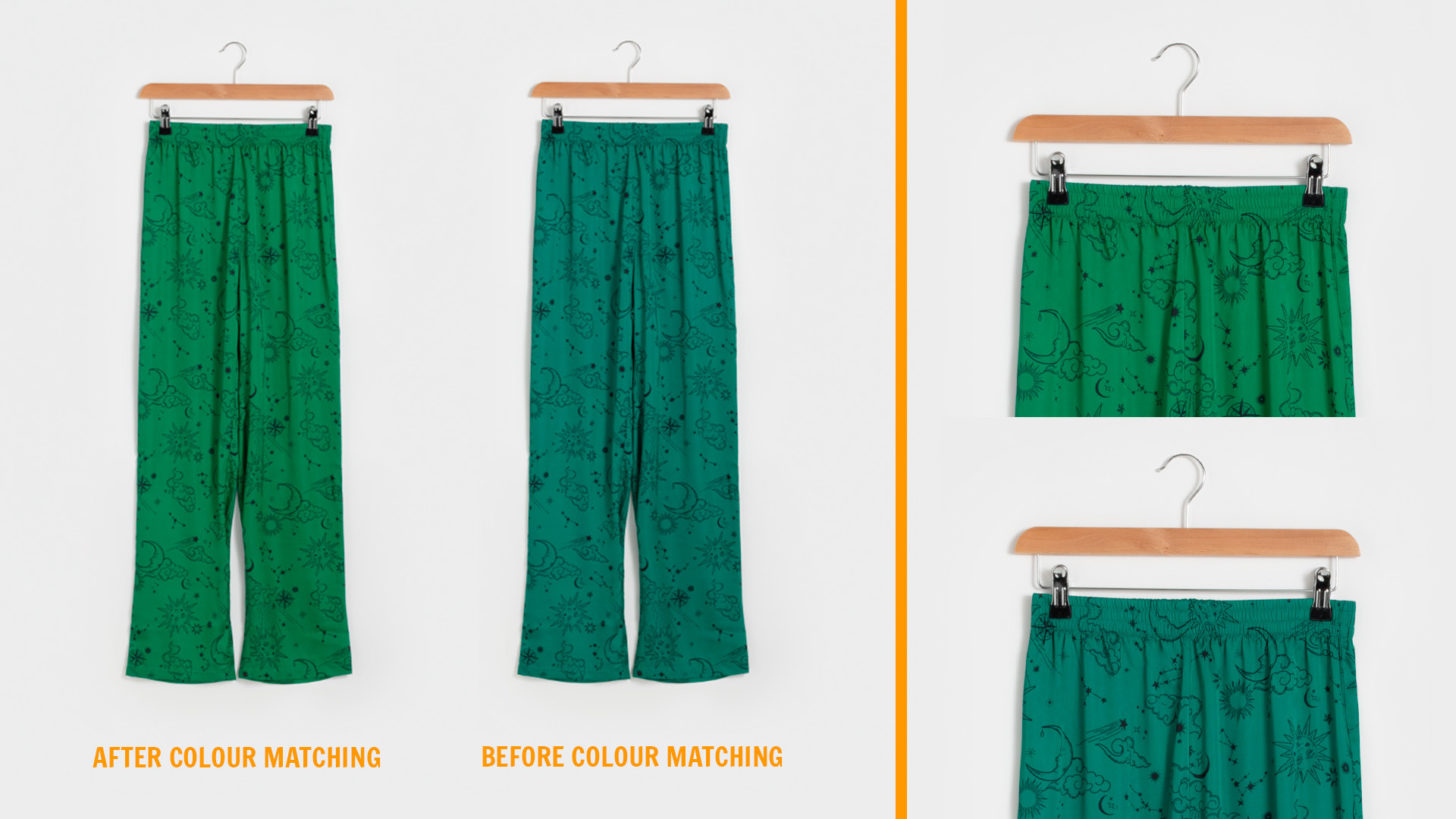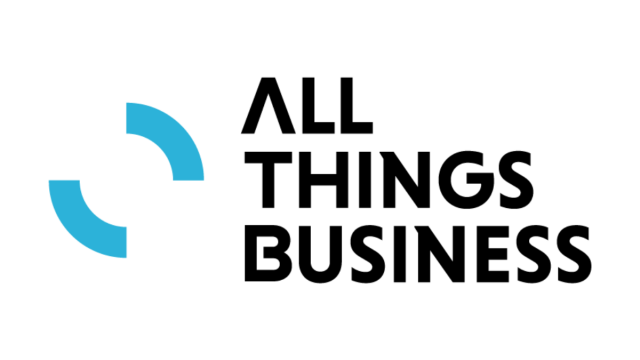The Ethics of Photography Retouching
“From the point of inception, the photo is inherently a lie”
Chris Lowe, Head of Creative/Lies
Retouching (or “Photoshopping”) is the art of image manipulation, and can be used to transform the subject of an image into a newer, often shinier version of itself.
When we think of retouching we often think of glossy magazine covers featuring models with perfect skin and no flaws to speak of. More recently, we’ve seen a rise in before and after articles and social media posts showing how celebrities have manipulated their images in some way. As a result, retouching is often labelled as a misleading practice that causes harm to impressionable young people.
But while these are well-known and often-condemned uses for retouching, they’re not the only uses that retouching has. Retouching can be used subtly to ‘clean up’ an image, or be used to overhaul an image so much that it’s unrecognisable next to the original. Whether a use of retouching is ethical depends on where we draw the line.
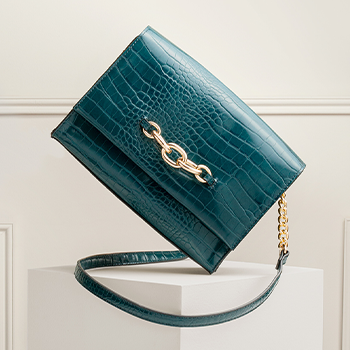
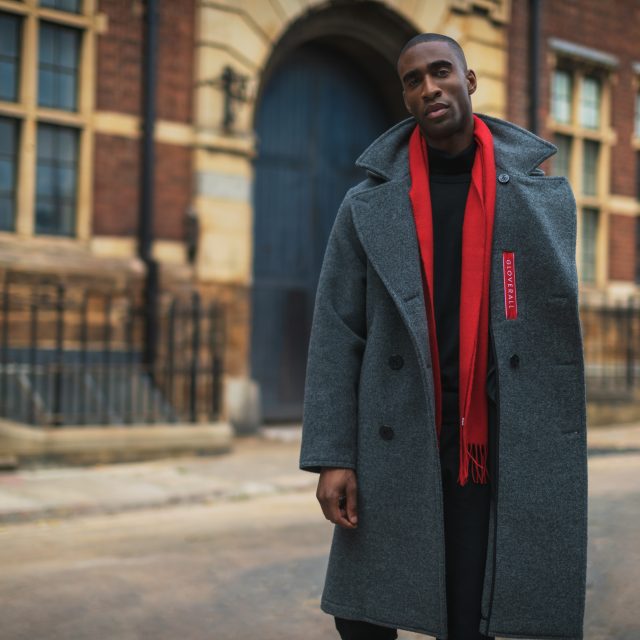
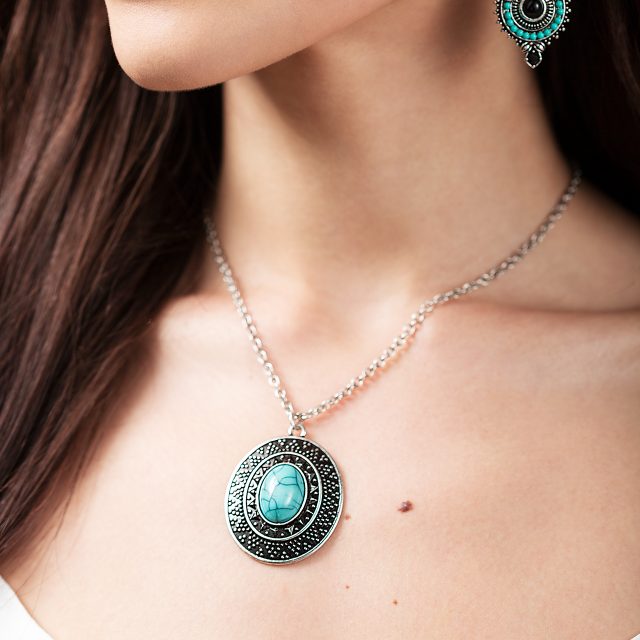
Cleaning Up an Image
It’s common practice to remove imperfections in product imagery that will be used for advertising on websites or in magazines. These imperfections could be specks of dust on a watch face, a scratch on the leather of a handbag, or a stray hair that has fallen from one of the photographers.
All of this is done to show the product off in its best light, giving people a clear look at the product with any potential distractions removed. Companies want their products to look clean, polished, shiny, and perfect. If potential buyers can see issues with the product, this creates a perception of low quality which stops them from handing over their money.
Where things could go too far is if there are actual problems with the product. Ideally, we don’t want to compensate for poor product production through retouching, because then we’re giving the customer a false impression of product quality, which could lead to higher return rates.
Retouching also covers colour correction, which is where the colouring of a photo is adjusted to make the image of a product match the actual thing. Accurate colour matching gives the viewer a better indication of what the product actually looks like, which can actually lower return rates.
Shoot Preparation
It’s worth noting that even before retouching is involved in the creative process, images are already being manipulated. For example…
- Products are prepped for shooting by being cleaned, ironed, stuffed, brushed and steamed.
- Models spend time with make-up artists and stylists to get their hair and skin looking just right.
- Products and props are then pushed, pulled and poked into place.
- Lighting is chosen to highlight the best bits, and props and backgrounds are employed to tell a product story.
- Camera settings are chosen to shoot the product to garner certain results.
… And THEN we get to retouching.
Levels of Retouching
There are a wide variety of ways to manipulate photographs, and the methods chosen are often dictated by the desired audience perception.
Products in the manufacturing industry, for example, need to be seen as reliable, sturdy and good value. These products will need cleaning up, but do not need extensive treatment. This is partly because customers in this industry need to see what the product is actually like in order to know if it is fit for their purposes, and the texture of industrial products tends to be far easier to clean.
Designer fashion brands, however, want to be aspired to and they do this by making their products sit on the cusp of being “out of reach”. The audience wants to look like those models and live that life, and the product will help them do that.
This is why brands often retouch models to a level that is realistic enough to feel achievable, but in reality is almost unobtainable. Any potential “flaws” are masked, skin imperfections such as cellulite or blemishes are smoothed, flyaways are removed, dark circles are lightened, and wrinkles are no more.
In some cases, brands have been accused of taking retouching a step too far.
The Dark Side of Retouching
In the most extreme instances, body shapes have been changed to appear smaller and a model’s skin colour has been altered, most often to a lighter shade. In other cases, models have been made taller, and products have been altered to fix problems with the products themselves. It’s this type of retouching that comes under fire most often.
When natural bodies are perceived as being “flawed”, it sends a message that those features are undesirable, which will in turn impact self esteem of viewers, models, photographers, and anyone else who comes into contact with those images. And it gets worse, because what better way to convince someone to buy your product than by presenting it as the “solution” to the problem you’ve created? It is emotional manipulation as much as it is photo manipulation. It affects how we see those who are deemed to be outside the beauty norm, our relationship with ageing, and how we treat people of colour.
Amplitude’s Philosophy
At Amplitude, we are aware of the impact that retouching can have and actively make consistent and considered decisions to promote a more realistic ideal. Yes, we will retouch products to get rid of any scratches or scrapes. Yes, we will retouch models to remove any distracting details like stray hairs over their faces. But we are upfront with all of our clients about our stance on not giving models the glossy, full ‘bells and whistles’ retouching that contributes to a culture of unrealistic beauty standards.
We want our clients to be happy with the quality of our images, and for their customers to engage with their products, but not at the expense of the next generation.
Is retouching as bad as some people claim?
Yes and no. Retouching is a useful tool but needs to be used by responsible creatives who understand the potential repercussions. Many brands have started moving away from extensive retouching, and we wouldn’t be surprised to see that trend gain traction in the coming years.
Hey babes, we don’t use photoshop on model’s stretch marks, only the pants she wears underneath 😜 Embrace your “flaws” and don’t ever strive for what the world perceives as perfection. Keep on being you and #makeyourmark. pic.twitter.com/4lS1pYBAjo
— Missguided (@Missguided) November 16, 2017
Retouching, as with most other things, is only harmful if it is used irresponsibly. Amplitude is proud to not only use retouching in a way that will not cause harm, but to also be helping our clients join the growing collective of companies moving in the right direction.
If you’d like to join the movement, we’d love to hear from you. Please get in touch.



